The Nullarbor
Before hitting the road today we drove a rough track from Eucla Roadhouse to the nearby coast to get a look at the remains of one of the early Eucla telegraph stations which is now partly devoured by the shifting dunes. Thereafter as we traveled east we visited a number of lookouts perched on the edge of the Bunda Cliffs (the sea cliffs that mark the eastern end of the Greast Australian Bight). At one of these lookouts we happened upon the same group of cyclists we passed yesterday and spent sometime chatting with them while they fueled up on some (high energy ?) food.
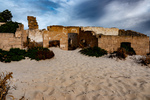
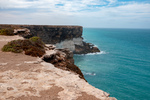
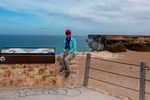
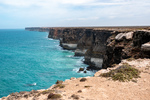
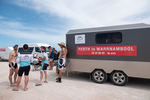
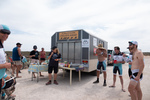
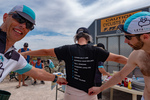
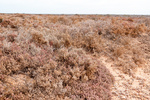
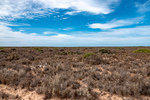
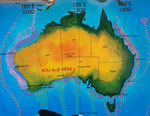
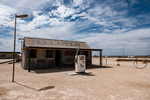
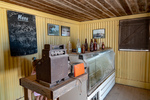
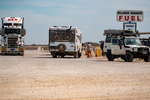
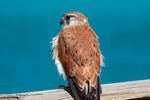
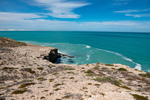
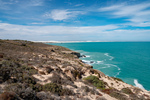
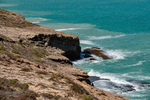
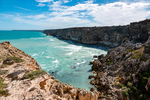
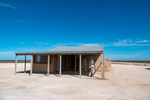
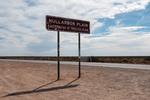
We tried a few photos of the flat featureless scrub to give readers an idea of how desolate this part of the world is but they really did not work. We read on one plaque that plants in the area we traversed today get all of their water from the air (as there is no natural ground water) and many of the plants need an amount of water equal to their entire mass.
Eventually we arrived at Nullarbor Roadhouse and have included a few photos of the original roadhouse building, plus one of the dusty parking lot just to give an idea of the place.
It was 185 kms (115 miles) from the state border just east of Eucla to Nullarbor and in the distance there was not a single sign of civilization except the roadway, occasional roadside parking spaces, and cliff lookouts.
Nina and I were both surprised to find that the true null-arbor or treeless plain actually starts at Nullarbor Roadhouse and only extends for 18 km east of the roadhouse. All my life I thought of the "Nullarbor" as the long stretch of the Eyre Highway that paralleled the Great Australian Bight.
I guess it is good to finally get "educated" on the topic.
While on the topic of education; what is a bight - a curve in a coastline.
Our last scenic stop of the day was the Head of Bight Visitors Center where we got some nice views of the sea cliffs and nearby beaches. This is a very popular whale watching spot during the season mid May to late October.
We spent the night at an informal bush camp about 11 kms west of the aboriginal community of Yalata.